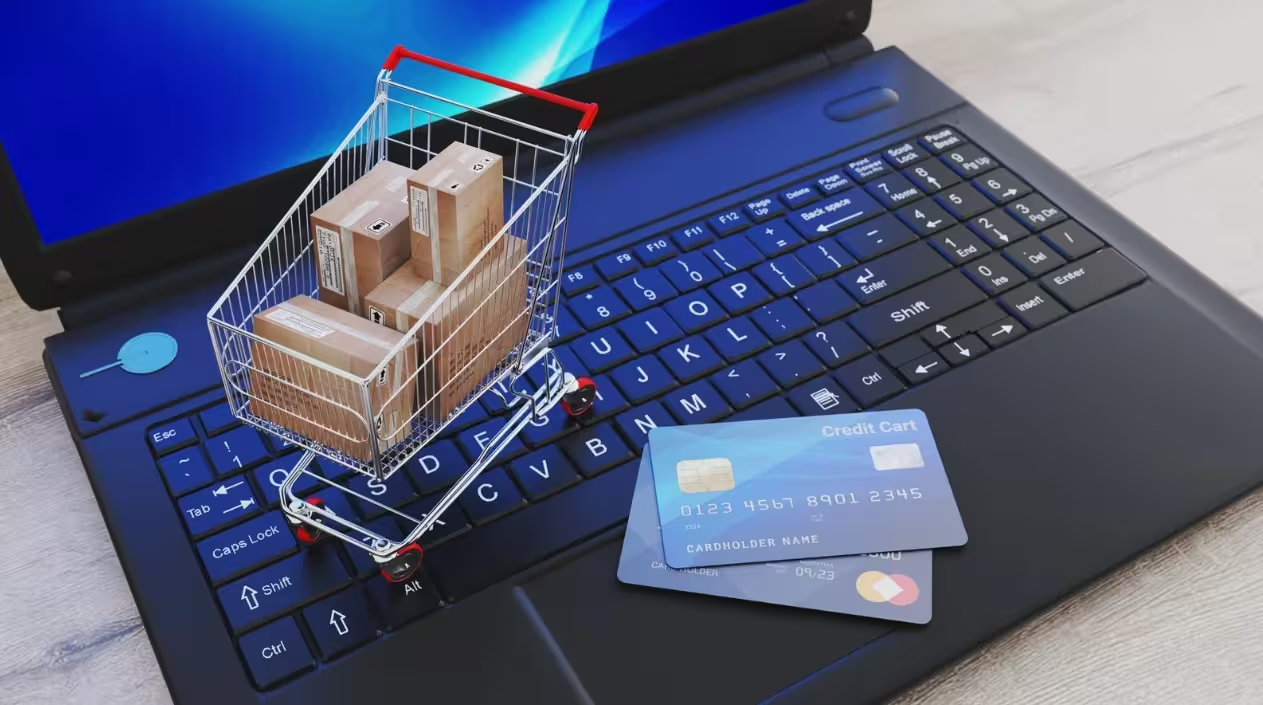E-commerce and Website
Planning Your E-commerce Infrastructure for Black Friday


How’s your e-commerce prep for Black Friday going? In last week’s article, we started a checklist of strategic actions we believe are important to plan ahead. Continuing that planning guidance, we couldn’t leave out one of the most critical areas: your tech setup and infrastructure to handle the anticipated demand.
So here’s part two of our checklist to help you achieve great results during the most anticipated 24 hours of the year for your customers!
The last thing you want is for your site to crash during a sales peak. Yet, site issues are common on days like this—especially if your setup isn’t ready for large volumes of simultaneous traffic.
More visitors and purchases mean more memory and processing power consumed. If your resources max out, your site goes down. But paying for maximum server capacity all year long just to be ready for a few peak moments? That can be wasteful.
The solution: dynamic scalability—your server capacity expands with the load. That way, you only pay more when you actually have more traffic.
Even if your infrastructure is bulletproof, if a third-party service you rely on (like a chat tool, analytics, or customer service plugin) crashes under the load, your customer experience takes a hit.
It’s not enough for your site to be scalable—your entire tech ecosystem needs to be ready. Evaluate and test all providers in advance. If needed, switch vendors.
Even the best setups can hit a snag. That’s why a contingency plan is essential.
Analyze vulnerabilities in your operation, put preventive measures in place, and keep an emergency budget at the ready.
Checkouts often rely on multiple third-party integrations—shipping calculation, fraud prevention, payment gateways. Each one must be robust enough to handle peak loads.
Make sure you’re working with established tech providers and that your contracts cover availability and scalability under pressure.
Smart monitoring tools can catch issues before they cause damage.
Set up tools to alert your team about possible outages or performance dips. Test them thoroughly beforehand to make sure you know how to respond quickly.
With more visitors and more competition, even seconds of delay can cost you.
Test on a variety of devices and networks—especially mobile. Pages specifically designed for Black Friday should also go through speed checks.
Mobile is the go-to shopping device, especially on busy days like Black Friday.
Don’t rely solely on desktop testing. Ensure your site is optimized for mobile—UX, speed, and performance. Use tools like PageSpeed Insights and Lighthouse to assess and fine-tune.
Who handles what if something goes wrong? Beyond a contingency plan, define a rapid-response protocol for unexpected issues.
Assign clear responsibilities for:
Fast response = less damage = more sales.
Are your partners ready for your campaign load?
Let them know about your expected traffic and promo calendar in advance so they can prepare too.
If you sell electronics, don’t forget about Cyber Monday—the Monday after Black Friday. It’s a big deal online.
Plan this as a follow-up campaign with its own strategy, while using the momentum from Black Friday.
If your promo ends at 11:59 PM, it should really end then. Extending it without warning can damage your brand’s credibility and undercut future scarcity tactics.
Assign someone to handle:
Don’t neglect the post-sale experience.
More sales = more customer service requests. Even if most people don’t reach out, the volume still increases.
Scale up your customer service team during this period and consider having staff on call for urgent matters.
Once it’s all over, analyze your performance:
This evaluation is the foundation for your next Black Friday. Use what you learn to level up your tech, service, and business strategy.
By Joana Kerr
© 2024 Visie
All rights reserved.